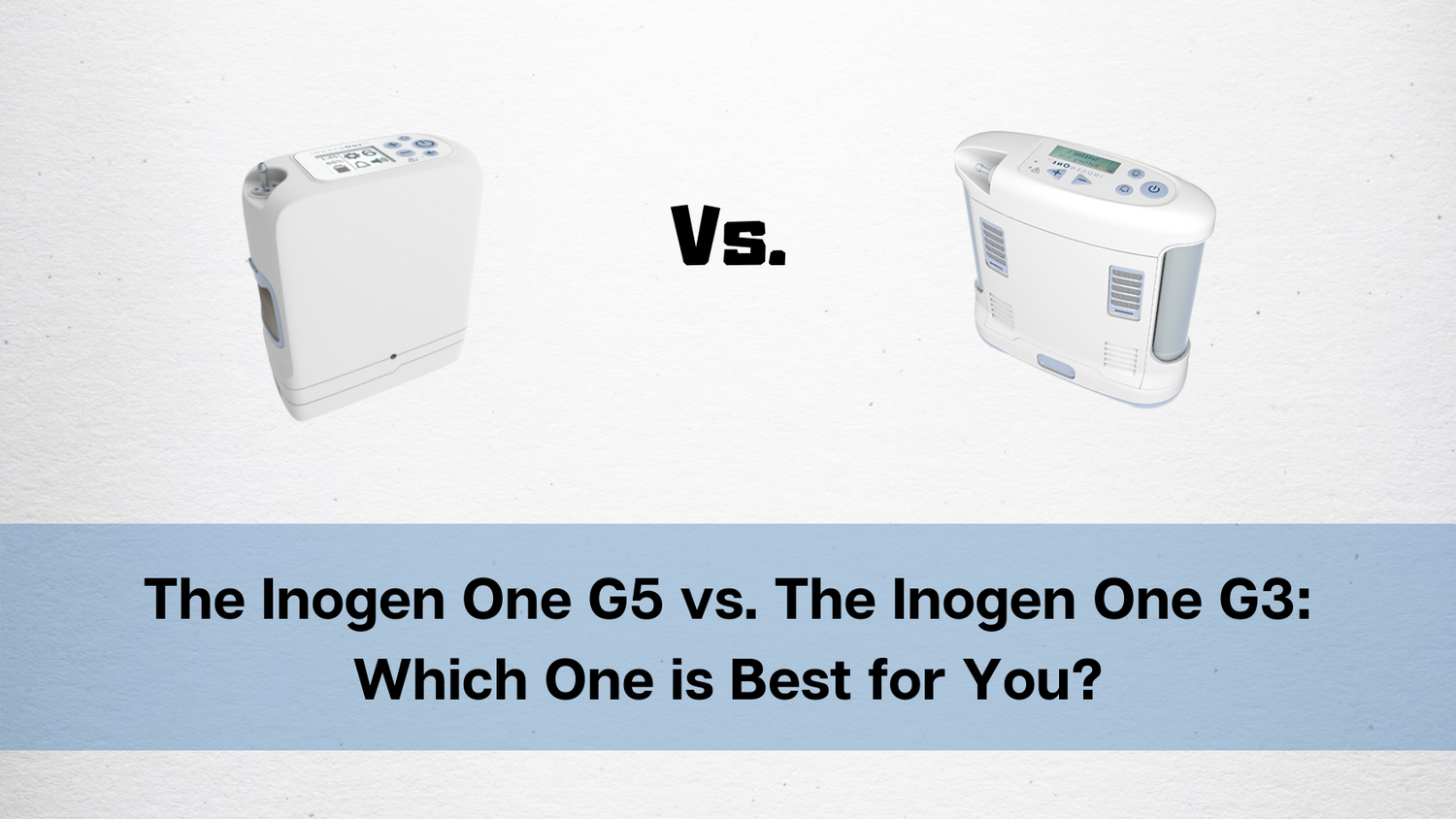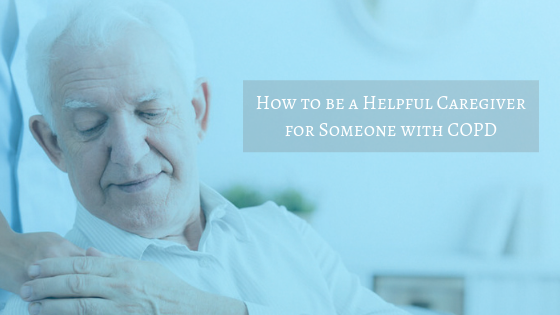Respiratory Resource Center - LPT Medical
Cleaning and Maintenance Best Practices for the Inogen One G5
If you’re someone who wants to get the most...
Read MoreThe Inogen One G5 vs. The Inogen One G3: Which One is Best for You?
With so many great oxygen concentrators on the market...
Read MoreHow to be a Helpful Caregiver for Someone with COPD
Chronic obstructive pulmonary disease (COPD) affects millions of...
Read More


